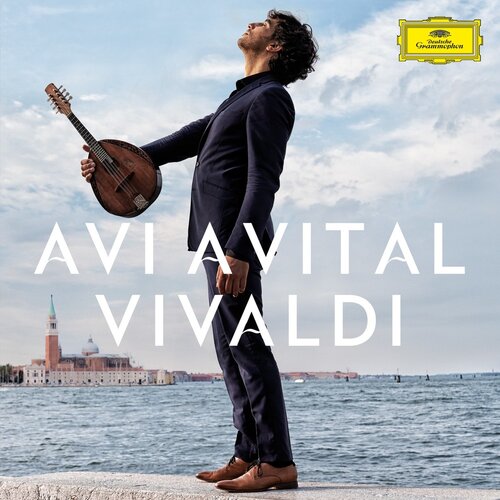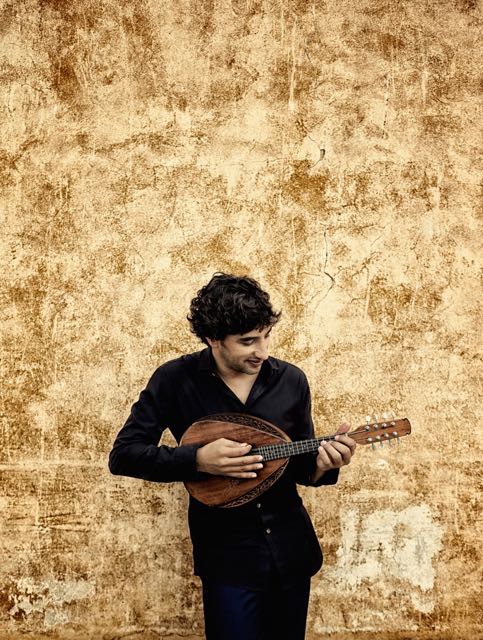The mandolin is an instrument everybody has heard of without necessarily knowing much about it. Its history has been written by lovers of the instrument, often amateur players who are drawn to its approachable and appealing character, integrating it into their own lives, and in turn popularising it throughout the world.
More than virtually any other instrument, the mandolin stands for different things depending on time and place. In the 18th century it was the preserve of the wealthy in salons across Europe; by the late 19th century and early 20th it had become popular among the middle classes, often heard in social clubs during after-work gatherings. During the same period it was also becoming the national instrument of the newly unified Italy – and that role continues up to today with its key role in Neapolitan folk traditions. During the early 20th century there were also mandolin orchestras in Jewish communities in Poland and even in the first Kibbutzim in Israel in the 1930s. In the USA the mandolin is synonymous with Bluegrass traditions, thanks in part to Italian and Irish immigrants, while in Brazil it’s a vital member of the choro folk-music tradition.
 However, the mandolin’s ubiquity has also proved a curse, with many classical composers ignoring it completely because they simply didn’t regard it as a concert instrument. That means the instances where it does occur – in Mahler’s Seventh Symphony, Verdi’s Otello or Prokofiev’s Romeo and Juliet, to name but a few – are striking for the way its appearance brings not only a new colour but adds an ingredient from a different sound-world. That becomes even more pronounced in works that put the mandolin in the centre: as a solo or concerto instrument or as the dominant member within a chamber-music ensemble.
However, the mandolin’s ubiquity has also proved a curse, with many classical composers ignoring it completely because they simply didn’t regard it as a concert instrument. That means the instances where it does occur – in Mahler’s Seventh Symphony, Verdi’s Otello or Prokofiev’s Romeo and Juliet, to name but a few – are striking for the way its appearance brings not only a new colour but adds an ingredient from a different sound-world. That becomes even more pronounced in works that put the mandolin in the centre: as a solo or concerto instrument or as the dominant member within a chamber-music ensemble.
So it’s safe to say that, while not many classical composers have written for the mandolin, when they have done it has been for a good reason. This was the impetus for creating this album. After years of performing and recording arrangements of masterpieces composed for other instruments (mainly for the violin, which has identical tuning) I decided to make an album devoted to the best works (in my opinion!) originally written for the mandolin. I have enjoyed imagining the composers sitting in their studios, thinking of the mandolin: what did it symbolise for them at that given time, and how they were using that to create their art? As an interpreter, I have tried to put myself in the composer’s position – and work out the inspiration behind writing for the mandolin. This process allows me to feel I’m constantly rediscovering my instrument.
I started with Vivaldi’s Double Mandolin Concerto in G major (which is similar in character to his only other mandolin concerto, in C major) where it’s impossible to ignore the joyful, even humorous, characteristics the composer attributes to the instrument, as well as a delicacy and great expressivity. In the C major Concerto, which I recorded on my Vivaldi album (pictured above), he instructs all the string players in the ensemble to play pizzicato (plucked) throughout, as if bowing to the mandolin with respect and a smile. In this G major Concerto for two mandolins Vivaldi uses an echoing effect in which the solo parts are made of short musical fragments which are played by the first mandolin and then repeated identically by the second. You can’t help but smile, even when the music ventures into a minor key.
 Beethoven had a rather personal reason to write music for the mandolin. The dedication at the head of Beethoven’s Adagio for mandolin and fortepiano reads: ‘pour la belle J par LvB’. The ‘J’ in question refers at the young countess, Josephine von Clary, who played the mandolin. I imagine this love story, as so often with Beethoven, left him with a broken heart and us with divine music.
Beethoven had a rather personal reason to write music for the mandolin. The dedication at the head of Beethoven’s Adagio for mandolin and fortepiano reads: ‘pour la belle J par LvB’. The ‘J’ in question refers at the young countess, Josephine von Clary, who played the mandolin. I imagine this love story, as so often with Beethoven, left him with a broken heart and us with divine music.
The 20th-century pieces on this album, by the German Hans Werner Henze and the Israeli Paul Ben-Haim, both seek to create the ultimate ‘plucked-string’ chamber-music formation, probably imagining the equivalent of a string quartet or a woodwind quintet but translated to plucked instruments. Their world of associations is, however, different – Henze’s Carillon taps into a sometimes childlike playfulness created by mandolin, guitar and harp imitating all kinds of little music boxes. Paul Ben-Haim uses mandolin, guitar and harpsichord in his Sonata to imitate ancient instruments related to the local cultures. The guitar sounds sometimes like the Oud, the harpsichord like a Qanoon. The second movement has a religious pathos, and the phrases end with Landini cadences, conjuring up the unmistakable sound-world of medieval music.
The two most recent pieces, by Giovanni Sollima and David Bruce, bring out the folkloristic qualities of the mandolin. The Sicilian Sollima refers to the south Italian music traditions with typical ecstatic 6/8 rhythms while in Bruce’s Death is a Friend of Ours the folk references are vaguer but the contrast between the title and the full-of-life character of the two outer movements suggests us a non-western approach to death. It makes me think of some sort of a pagan ceremony, in which those left behind celebrate life – such as the Mexican Day of the Dead. Either way, David Bruce uses a palette of five plucked strings to create a truly joyful yet incredibly deep piece.















Add comment